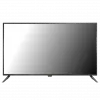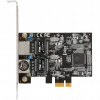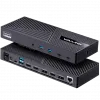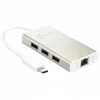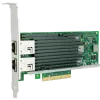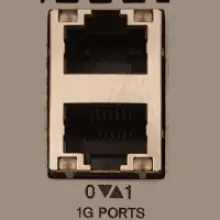
Gigabit Ethernet (GbE or 1 GigE) is a term describing various technologies for transmitting Ethernet frames at a rate of a gigabit per second, as defined by the IEEE 802.3-2008 standard. Half-duplex gigabit links connected through hubs are allowed by the specification but in the marketplace full-duplex with switches are normal.

